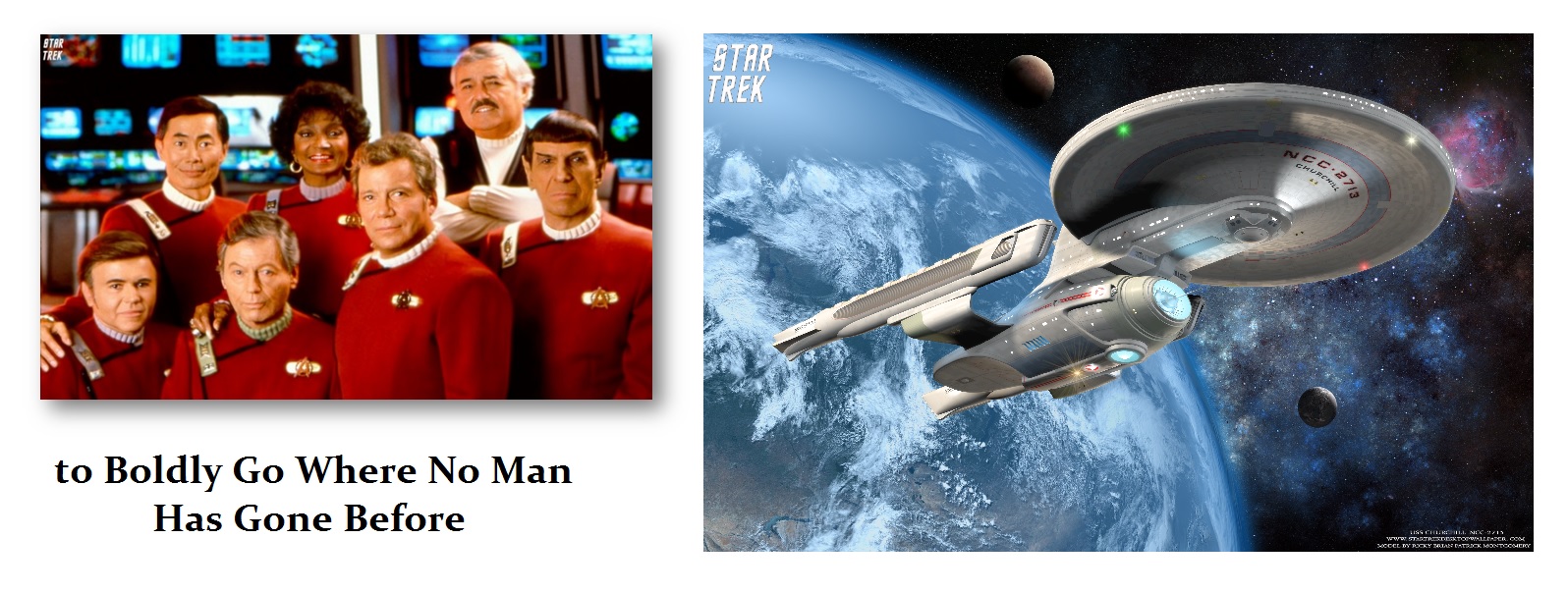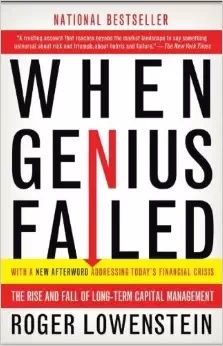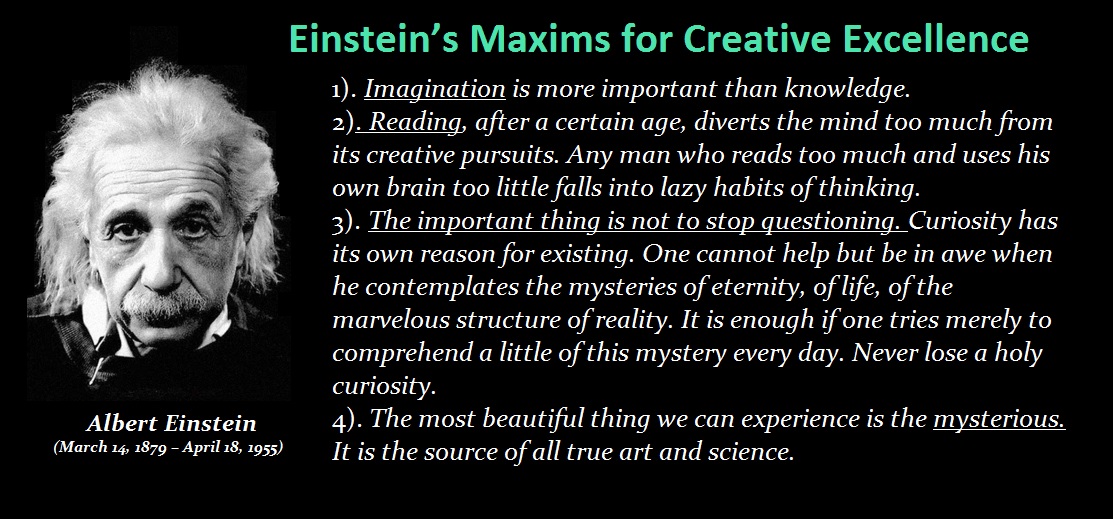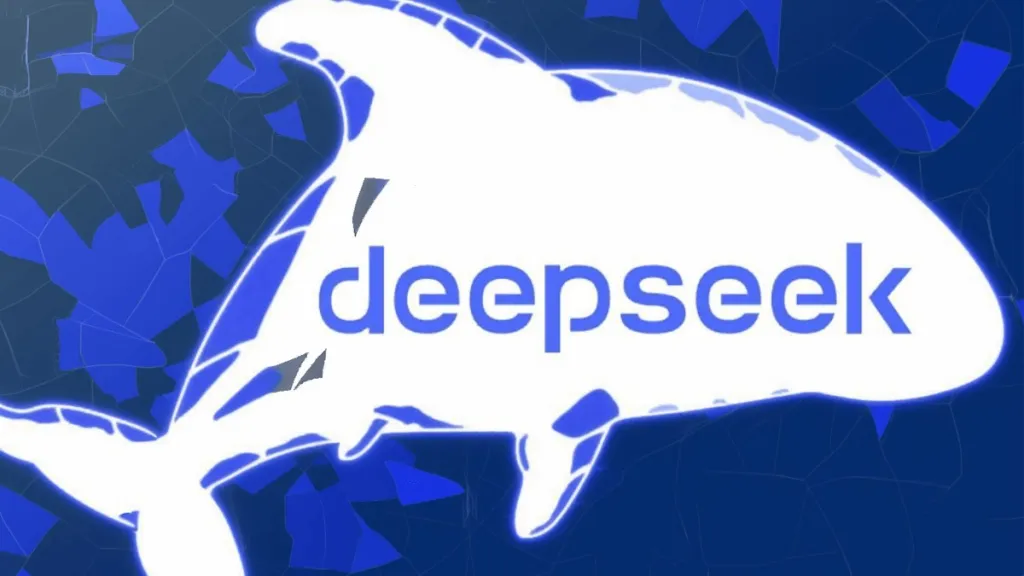QUESTION: Mr. Armstrong; I’m just curious. Will you go see the new Star Wars? Your technology with Socrates does seem light years ahead of everything.
I love Socrates. It is truly amazing.
DK
ANSWER: Absolutely. If you pay attention, you will see that much of the film is based on the Roman Empire and the battle that ended the Republic, which was followed by the Imperial Era. Star Wars is just entertainment, not science in reality. But anyone who raised kids had to see just about every single one. Even Star Wars has inspired many different things to the point people do create their own light sabers just for starters.
 Perhaps I never admitted this in public, but people do not appreciate how much primarily Star Trek contributed to society. Star Trek first aired on TV in 1968. The Apollo 11 landing on the moon was July 20, 1969, when Neil Armstrong made “one giant leap for mankind.” There are even objects you can buy like the ICEORB Floating Bluetooth Speaker which is clearly inspired by Star Wars as well and sold out at Amazon for Christmas. Of course you can even use cyclical wave of sound to levitate things. This is something most people are totally unaware of but is real and mind-blowing for most people who do not understand that cycles are how energy moves, which includes markets. So many things you see in these movies you may think is just hype, may actually surprise you.
Perhaps I never admitted this in public, but people do not appreciate how much primarily Star Trek contributed to society. Star Trek first aired on TV in 1968. The Apollo 11 landing on the moon was July 20, 1969, when Neil Armstrong made “one giant leap for mankind.” There are even objects you can buy like the ICEORB Floating Bluetooth Speaker which is clearly inspired by Star Wars as well and sold out at Amazon for Christmas. Of course you can even use cyclical wave of sound to levitate things. This is something most people are totally unaware of but is real and mind-blowing for most people who do not understand that cycles are how energy moves, which includes markets. So many things you see in these movies you may think is just hype, may actually surprise you.

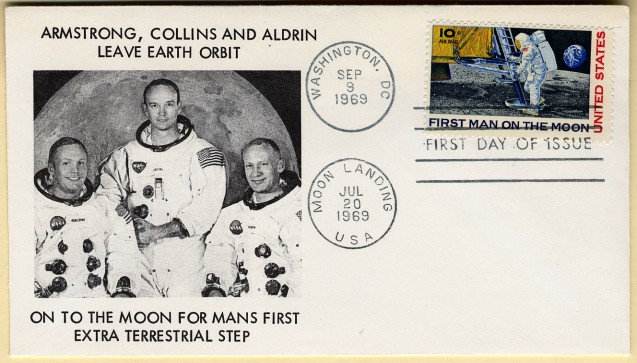 NASA’s funding increased because of Star Trek. This is why they named the first Space Shuttle the Enterprise. NASA even invited William Shatner to walk into the lunar module before it took off. Shatner publicly stated that he was surprised by the number of engineers who came up to him and thanked him because Star Trek had inspired them as children to go into the field.
NASA’s funding increased because of Star Trek. This is why they named the first Space Shuttle the Enterprise. NASA even invited William Shatner to walk into the lunar module before it took off. Shatner publicly stated that he was surprised by the number of engineers who came up to him and thanked him because Star Trek had inspired them as children to go into the field.
Star Trek was on the air when I began engineering school. Back then, you had to know a computer from the ground up. To graduate, you needed BOTH hardware and software, which are two entirely separate fields today. That meant I had to go into engineering and learn everything from physics all the way to how to design a computer from scratch. Star Trek filled the minds of everyone back then for it opened our eyes to the possibilities one might accomplish with computers, right down to talking with them.
I was working on voice technology way back then. The above picture shows the first machine I worked on. I tried to teach the computer to make the same sounds as the human voice to form words. That proved to be way too complex. Instead, we began by recording words spoken by a human and the computer would go to each word to speak from a tape drive. It sounded very robotic: HELLO – HOW – ARE – YOU.
When I left computing and moved into market making, I realized that what I had learned in computers could be applied to markets. I began writing programs with the same idea behind Star Trek that the future could be created. Dragon Systems, which is well known now, was just starting out back in the day. It was hardware back then and not software as it is today. I worked with Dragon Systems in the early eighties to give a voice to Socrates, which was hardware – not software based.
We were the first to use computers to monitor economic systems and market movements. It is true that everyone began following us by hiring what became known as “quants” or people from physics without trading experience. Their failure to understand both sides of the equation led to some crazy problems in the next decade of the Nineties. You could not create computer systems without knowledge of both sides of the problem: computer design and trading. This is why I tell parents who write to ask what they should encourage their children to do to start with computer programming, for that will be like knowing how to read and write. With that skill, you can apply it to any field you may be attracted to.
Star Trek inspired so many people, including myself when I was young. It showed me what was possible. Even the first cell phone was of the familiar design of a flip-phone used on Star Trek. This was the Motorola MicroTAC 9800X issued in 1989.
So many things that appeared in Star Trek have made it to reality. When you go to a doctor, they use hand-held devices to take your temperature without sticking anything in your mouth. Star Trek’s medical assessments through a handheld device called a tricorder were also adopted, as were 3D printers that create objects, synthesizers of food, and lasers that are used as weapons. The Star Trek phaser is already here — creating one that can be set to “stun” or “destroy” is not quite there yet. They can even restore some of your sight with laser surgery.
Warp speed is another story. Einstein established that nothing in our universe could move faster than the speed of light, as long as it stays in the dimensions that we’re aware of in our reality. Warp speed, however, is something that you would use, let’s say, to surround a bubble around a spacecraft to keep it in the sub-warp space that we know as our reality. You move this bubble through space-time by warping space-time and thereby allowing yourself to move faster than the speed of light.
According to Einstein’s general relativity, gravity manifests as a curvature of space-time. However, according to Einstein’s special relativity and his famous equation E=mc ², energy and mass are equivalent. Consequently, any type of energy contributes to gravity or the curvature of space-time. Minkowski’s space-time is the space-time of special relativity that has no curvature (i.e. no gravity). This is the shape of space-time when you are in an inertial, non-accelerating, reference state. If you then accelerate within Minkowski space; you no longer see space-time as flat to accelerated observers. Consequently, we cannot tell if we are in a gravitational field or accelerating locally. Yet, when we are in fact accelerating in a flat space-time, everything appears as though we are in a space-time that is curved due to gravity.
The subject is complicated and we don’t fully understand how to do this now. So all we can do is see that there are possibilities. Perhaps one day, if we stop trying to conquer each other, we will learn the physics that will teach us how to warp space-time and move through space-time faster than the speed of light, and indeed, go boldly where no man has gone before.
As for holodecks for entertainment, well there too we are on the road. Google 3D glasses and 3D virtual reality games are the first steps toward the idea of the Star Trek holodecks.
Star Trek was not unlike Twenty Thousand Leagues Under the Sea, a classic science fiction novel written by French writer Jules Verne and published in 1870. People thought that was just science fiction. Submarines became a reality. GOOD Science fiction, which is based upon real theories rather than green lizards invading from Mars, have been inspiring innovation and progress for centuries. It has made complicated or boring theories come to life. In so doing, they contribute to the advancement in society.
So yes, Star Trek inspired me to open my eyes to what could be accomplished with computers. I merely applied it in a field that I was good at — trading.
I was also inspired by Milton Friedman. He made me see that what I was doing was important outside of trading. John Exter (1910-2006) also came to my office to tell me what I was doing was important. I still have the tapes of our conversation, which I may publish next year. John was an American economist, member of the Board of Governors of the United States Federal Reserve System, and founder of the Central Bank of Sri Lanka. He came to me to show me his theories of money known as Exter’s pyramid. John also saw that what I was doing as important beyond just trading.
I owe my success to many others who have inspired me to look beyond trading to use what I saw in the world. They, along with my diverse clients, have helped me to become, perhaps, the only real international adviser to reach every continent and see everything through everyone’s perspective. So yes, Star Trek show me, as many others in different fields, that the future was there waiting for our discovery. Albert Einstein (1879–1955) taught in Princeton. We never met. But I knew many who knew him well. One friend of mine was a professor at Princeton when Einstein taught. He told me all the time that “imagination” was more important than knowledge. This was Einstein’s first maxim. Never be afraid to imagine for there lies the undiscovered future. So yes, to go boldly where no man has gone before is the path to discovery.
Albert Einstein (1879–1955) taught in Princeton. We never met. But I knew many who knew him well. One friend of mine was a professor at Princeton when Einstein taught. He told me all the time that “imagination” was more important than knowledge. This was Einstein’s first maxim. Never be afraid to imagine for there lies the undiscovered future. So yes, to go boldly where no man has gone before is the path to discovery.

